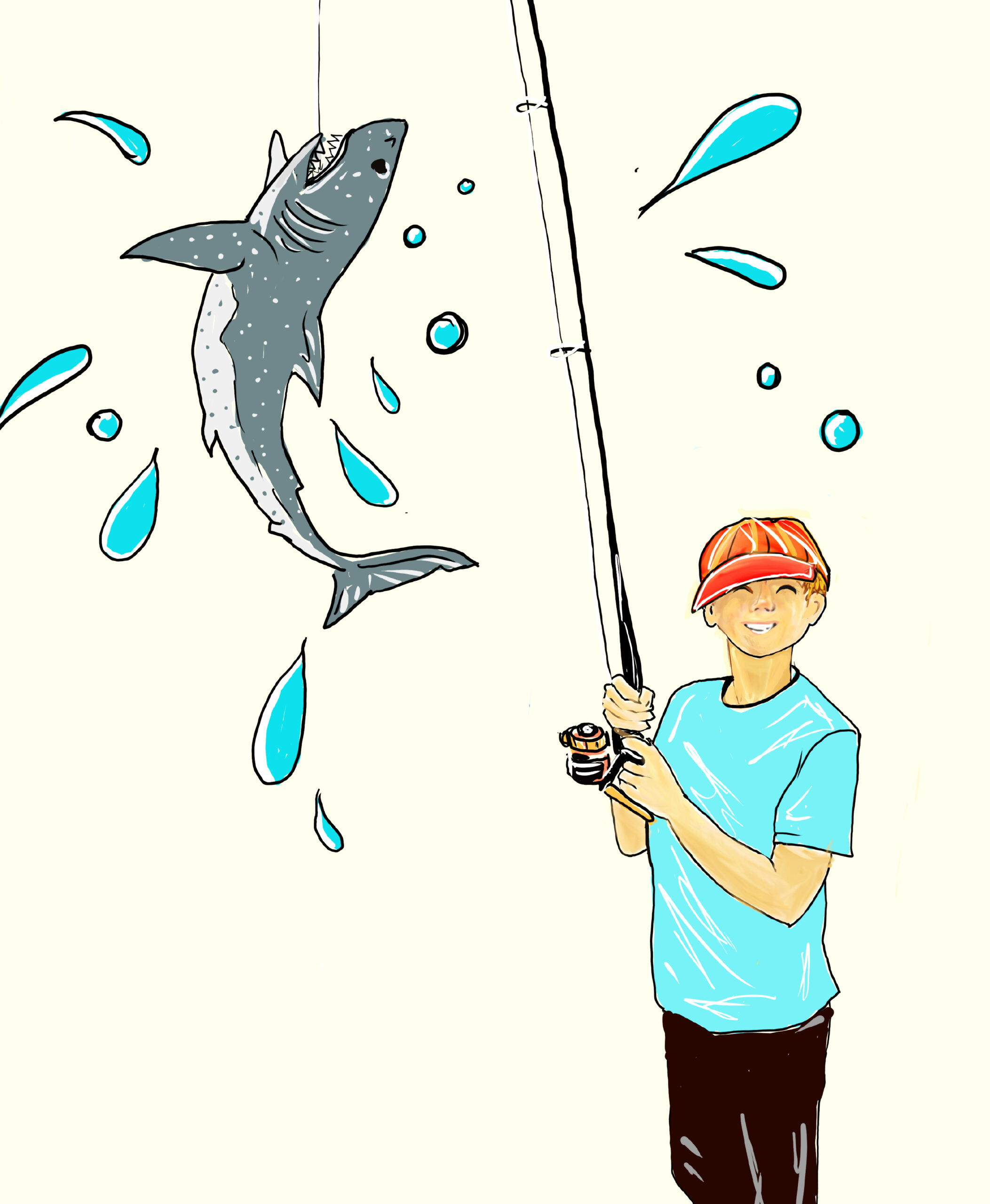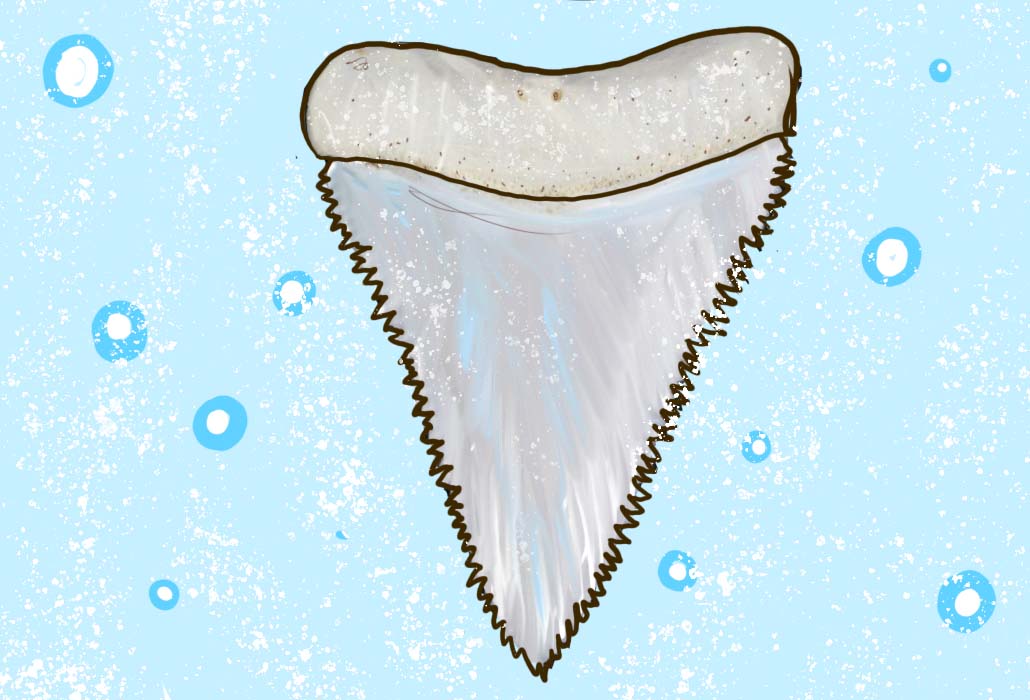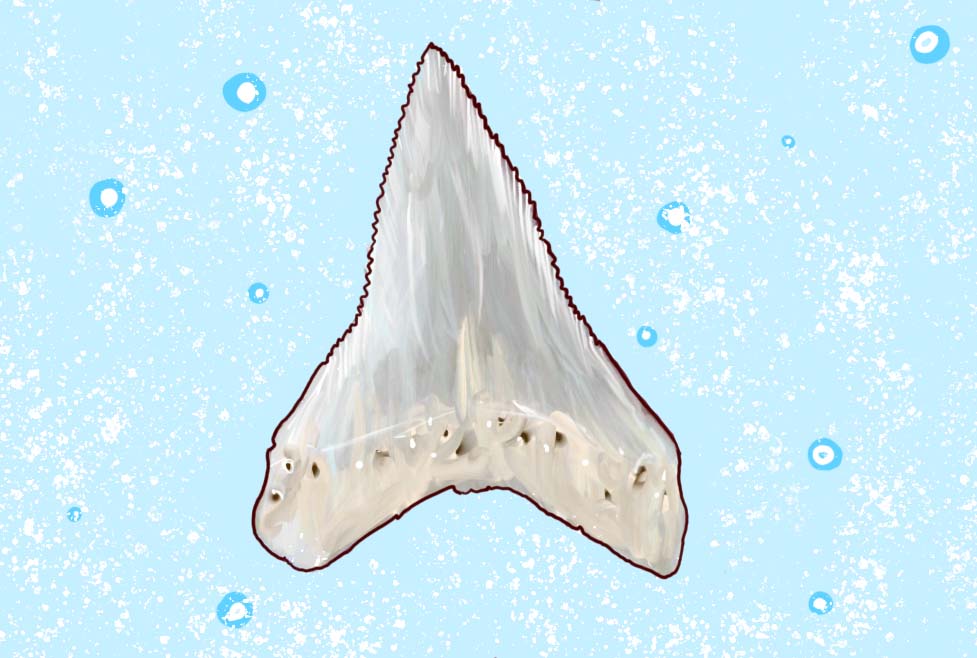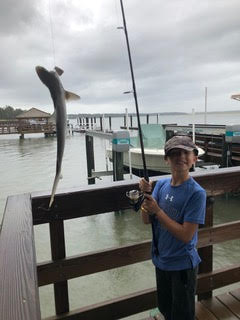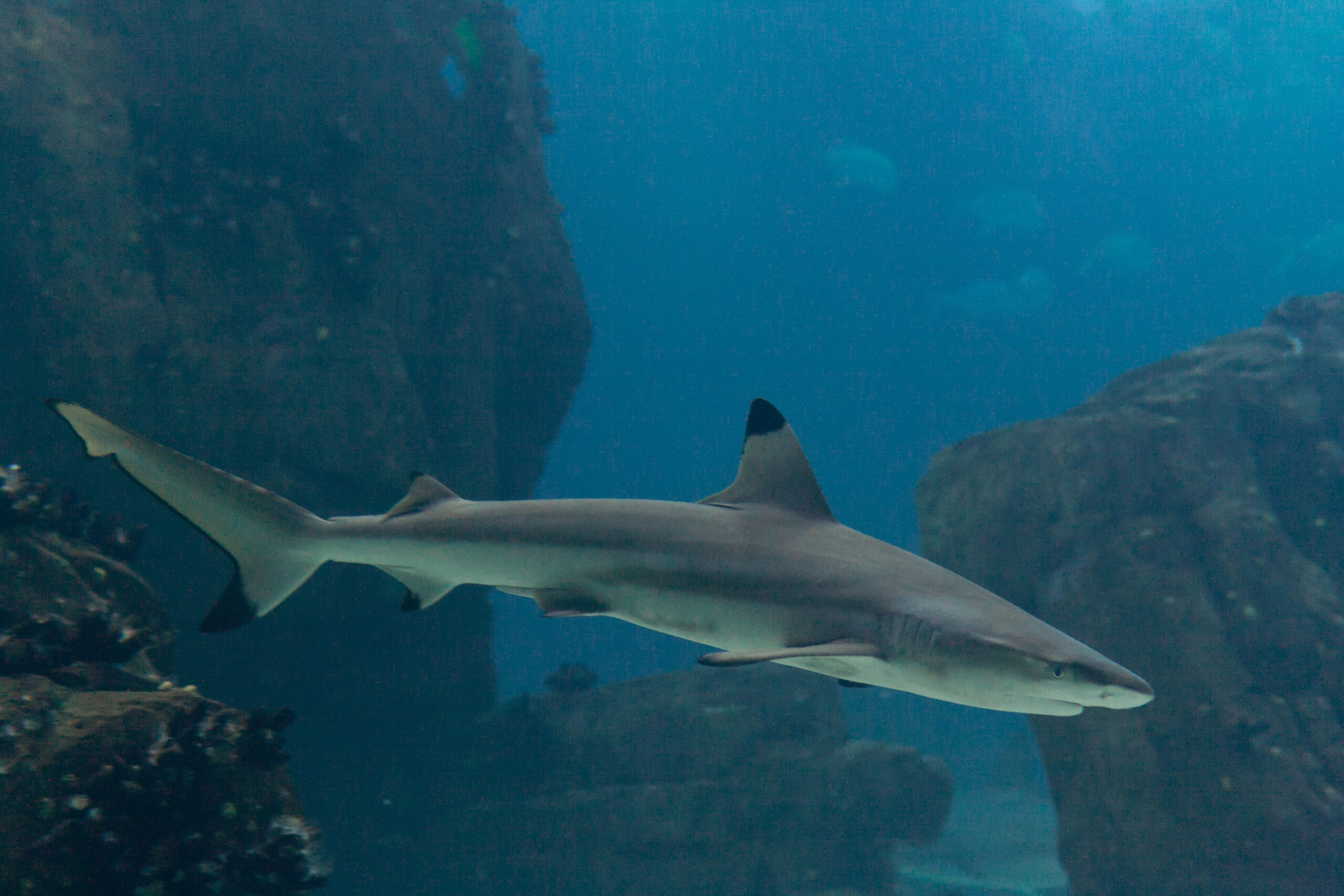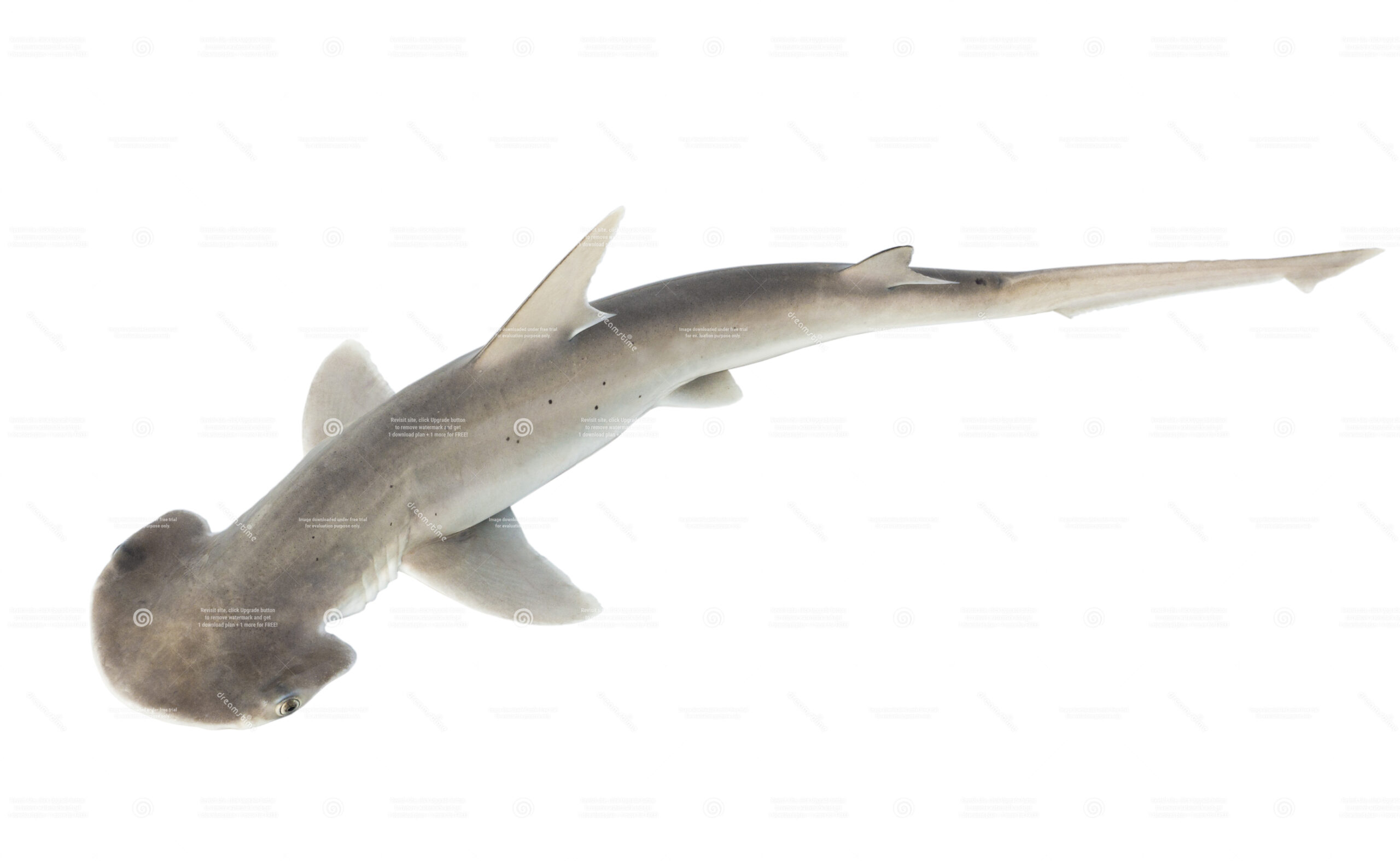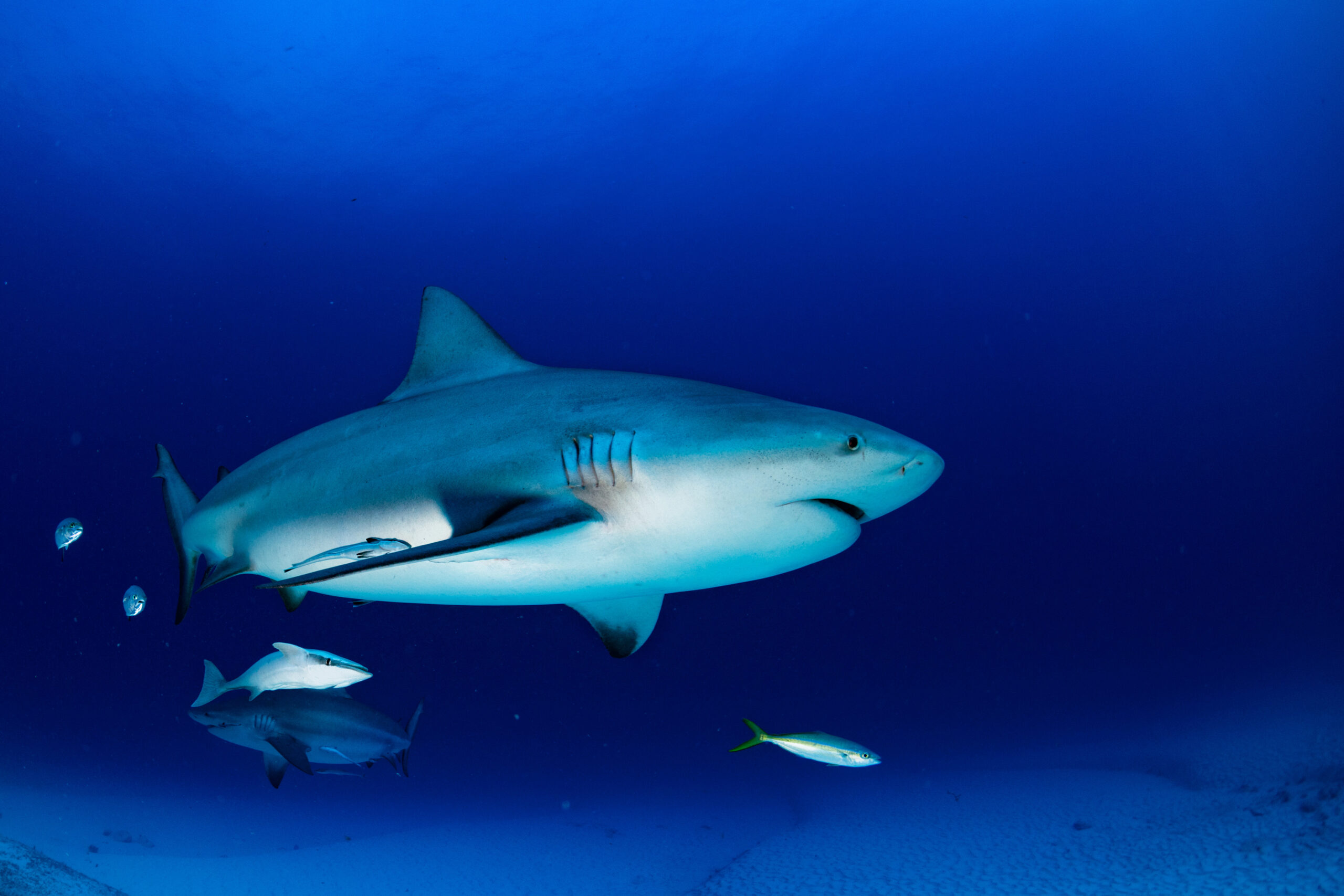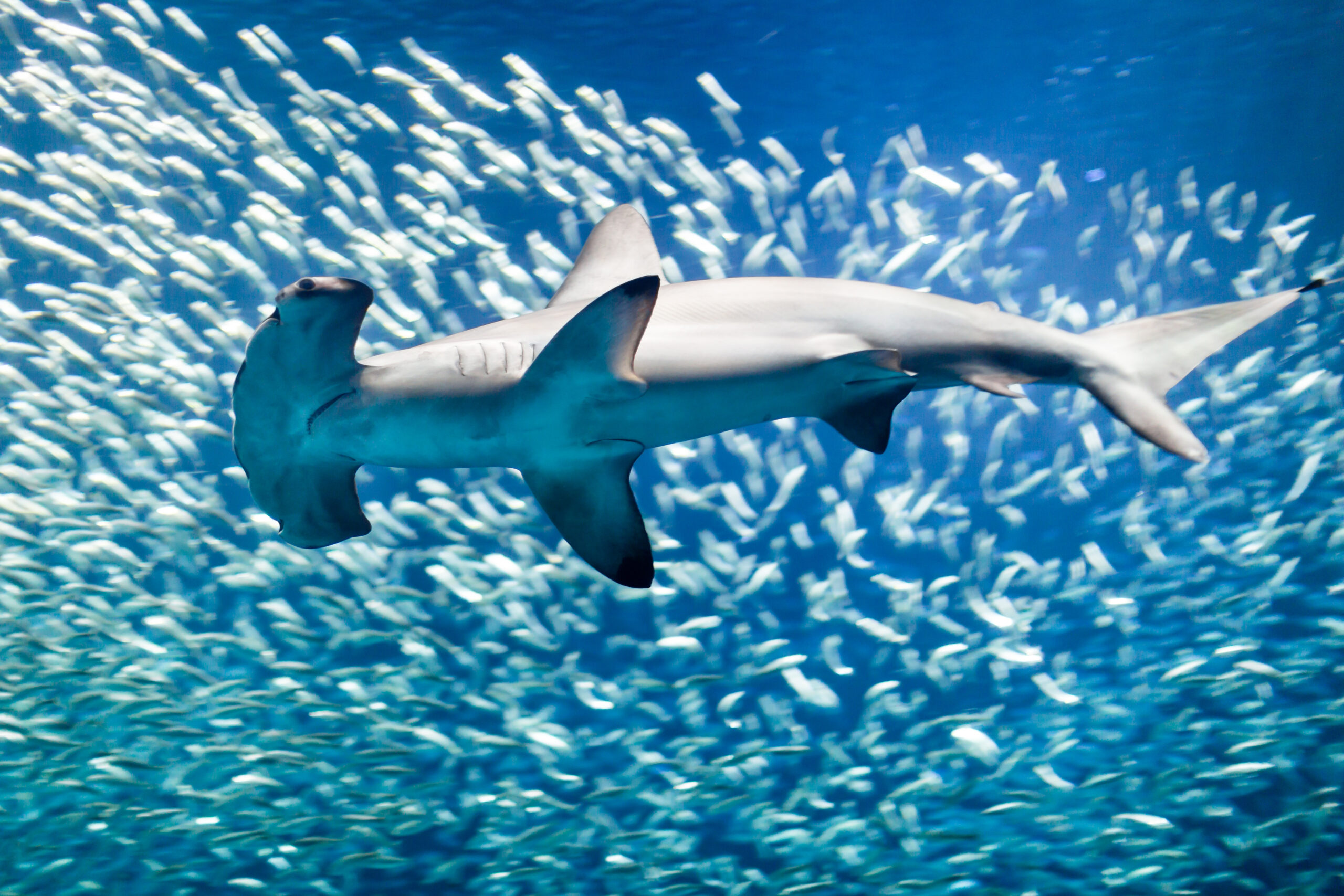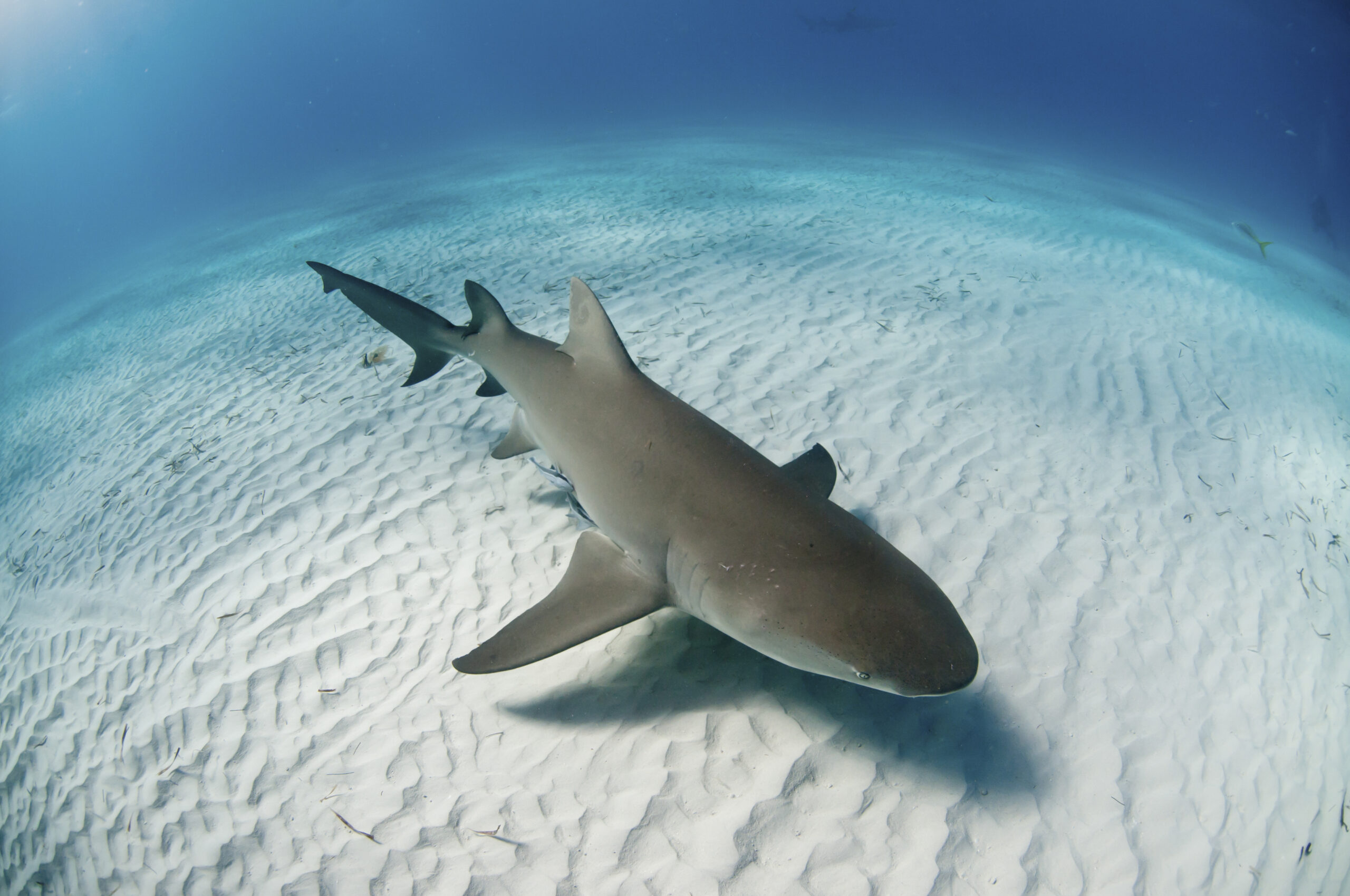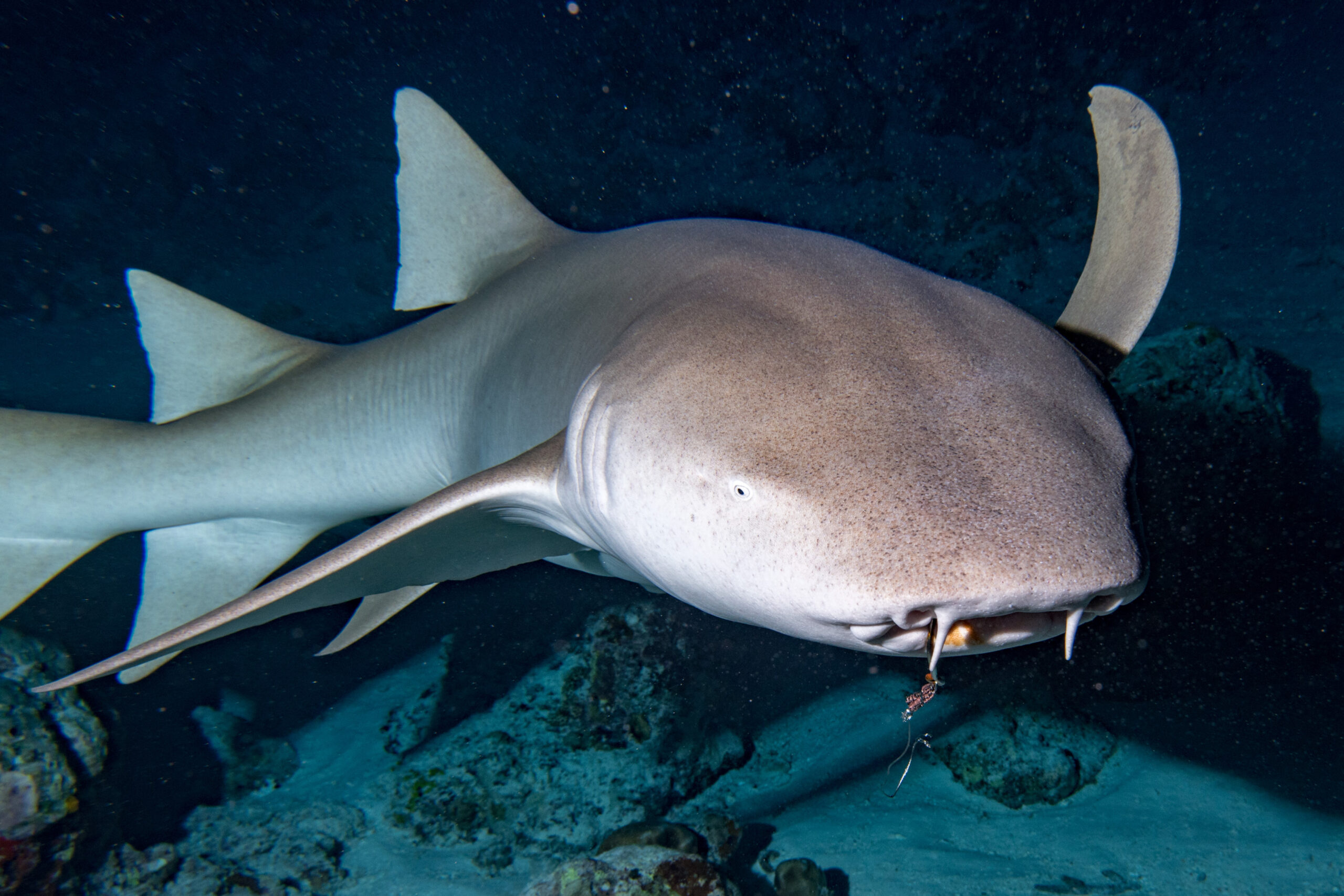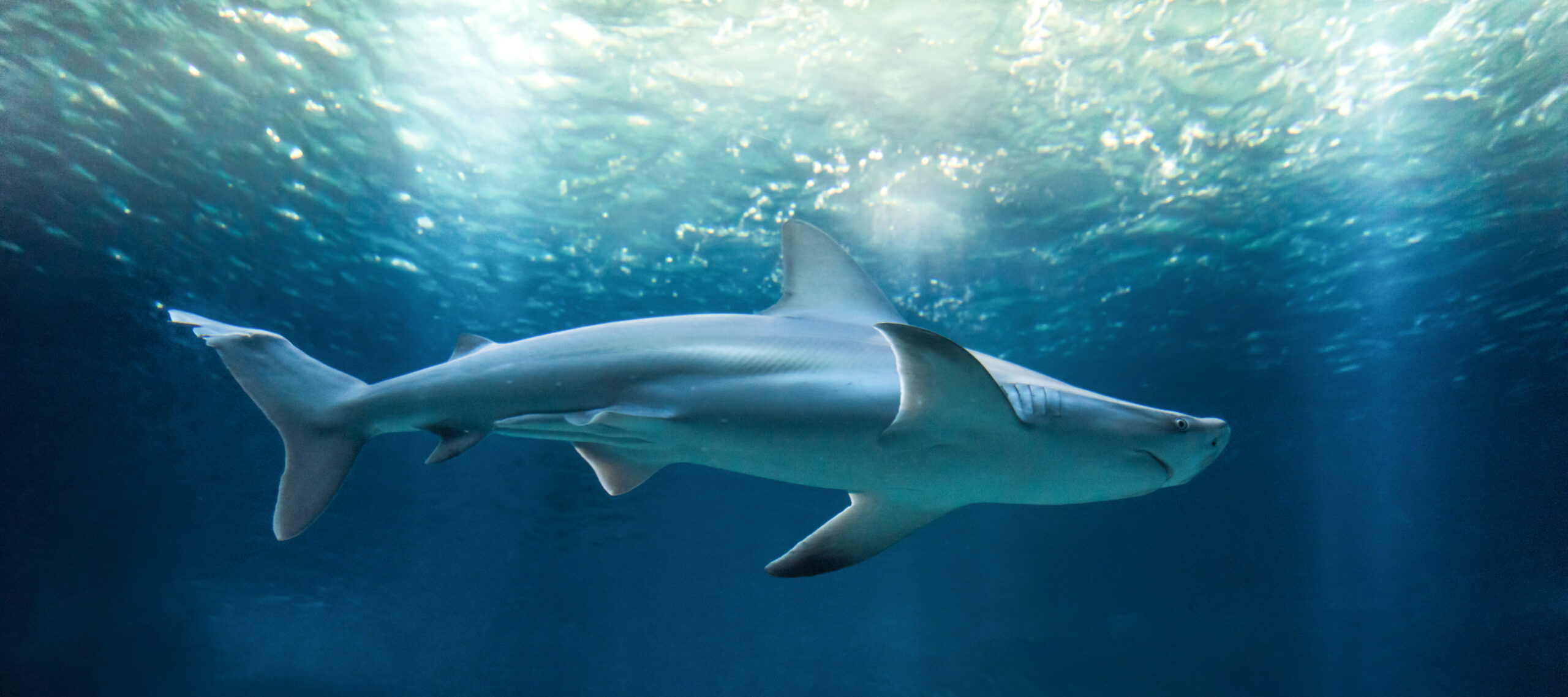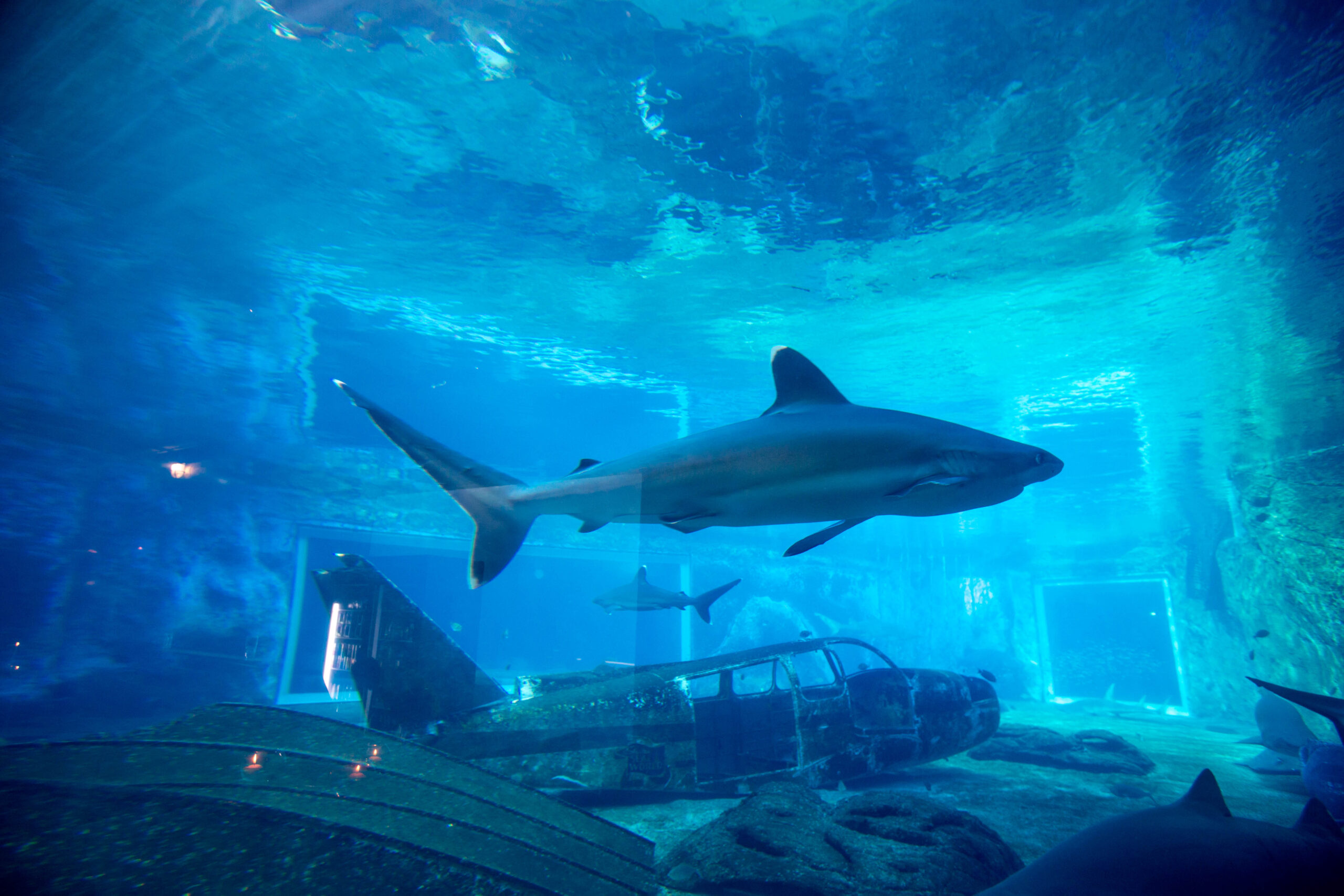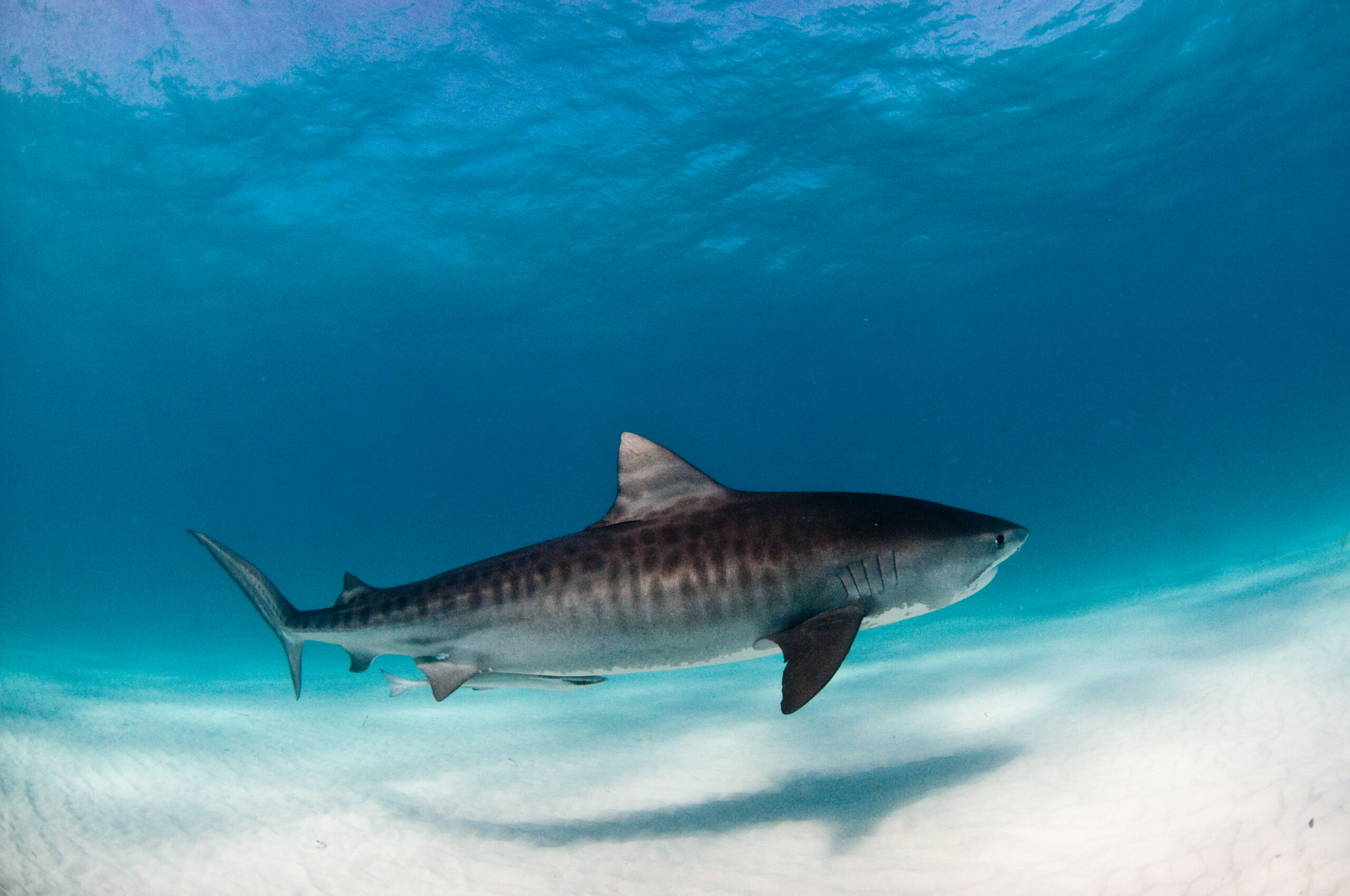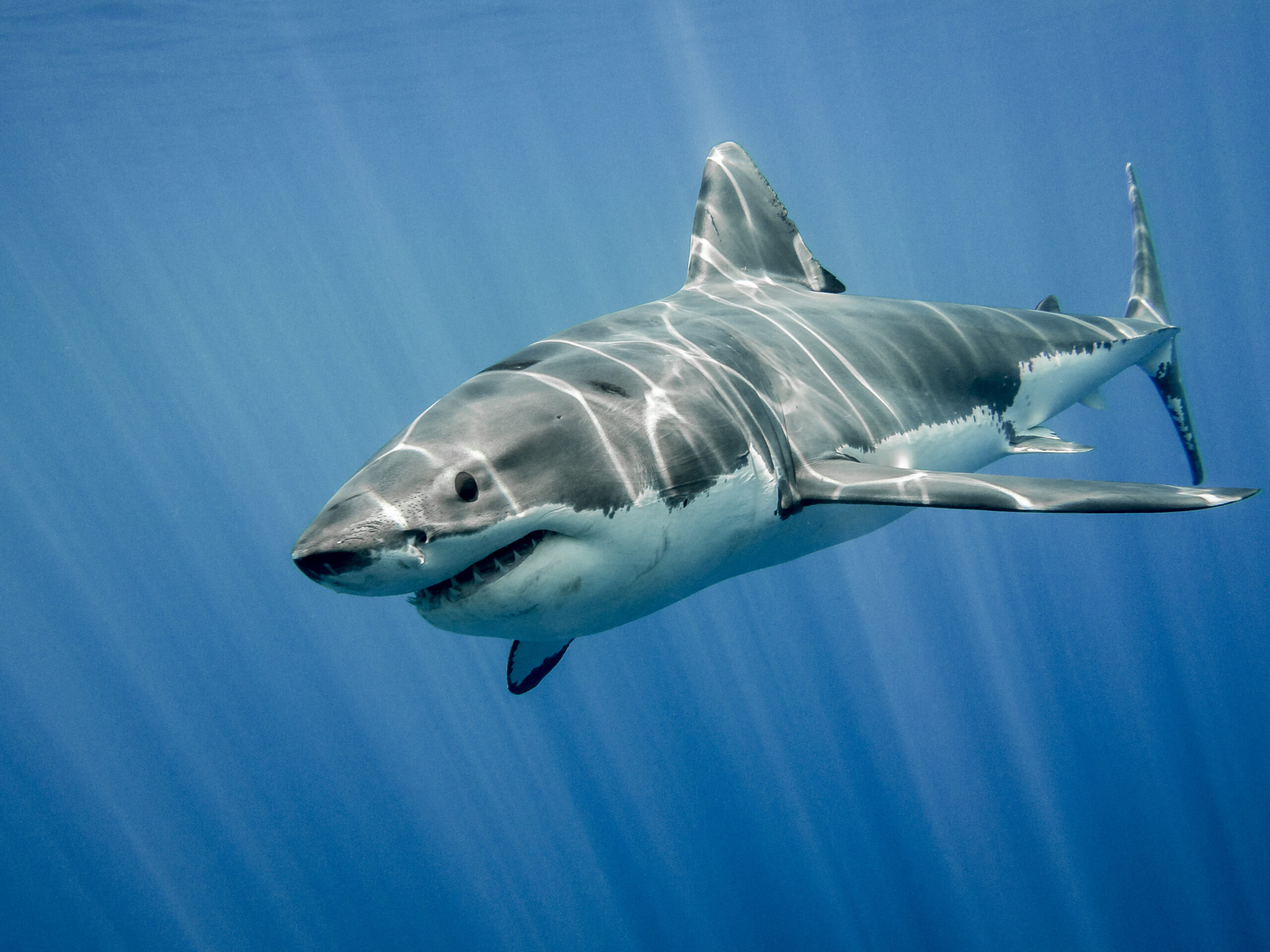Sharks!
Did you know that the South Carolina lowcountry is home to one of the largest shark breeding grounds on the entire east coast?
Port Royal Sound

- The Port Royal Sound is a body of water located between Hilton Head Island and St. Helena Island, near Beaufort SC.
- The Sound is a tidal Estuary
- Port Royal Sound has the highest concentration of sharks on the East Coast. There are over 500 described shark species in the world,
- 17 can be found right here, in the Port Royal Sound!
- The Sound, with its abundance of prey and few large predators, is the perfect environment for sharks to feed, give birth, and for juveniles to mature.
Fun Facts!
- Sharks, stingrays, and skates are all elasmobranchs, or animals with skeletons made of cartilage, not bone.
- As apex predators, sharks play a crucial role maintaining the health of our oceans. Sharks regulating species numbers and without them the ocean food chain would collapse.
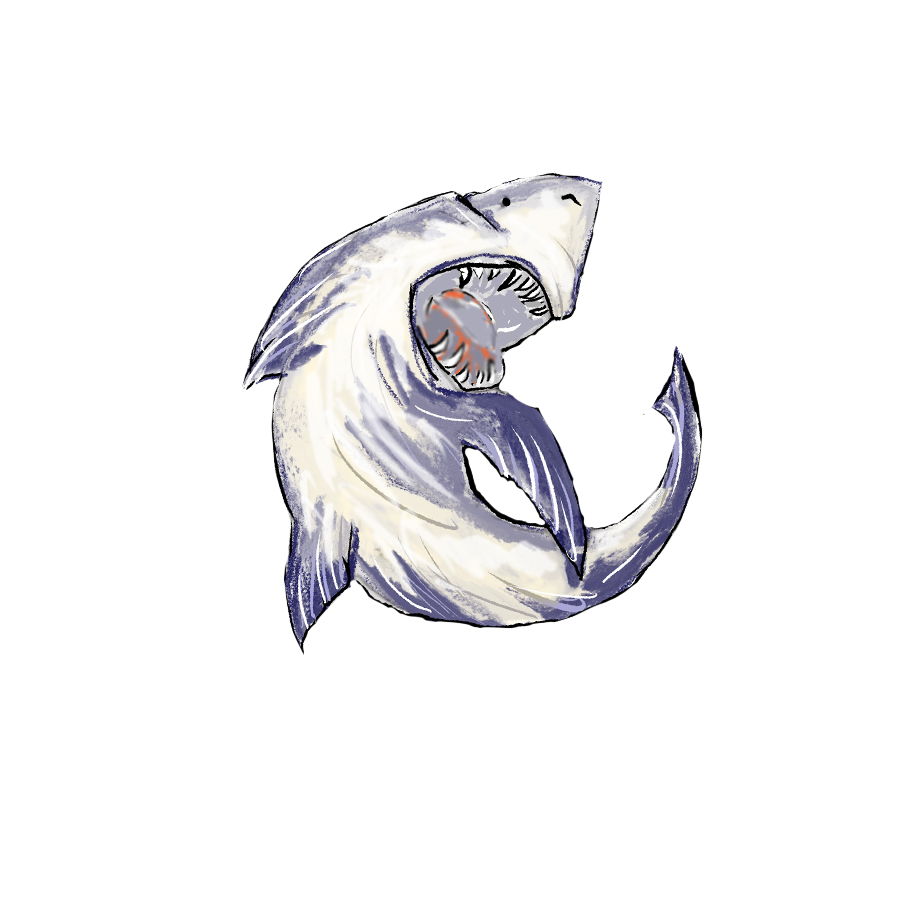
Shark Teeth
- Sharks can lose between 12,000 and 30,000 teeth during their lifetime. Shark teeth grow in multiple rows and connect to the jaw by soft tissue. These rows of teeth act like a conveyor belt, when the front tooth is lost, all the teeth move forward one position.
- Teeth are shaped differently depending on a shark’s diet.
- Long & pointy, like a fork, are used for grasping slippery prey
- Serrated, like a saw, are used to cut through bone and rip flesh
- Flat, like pliers, are used to crush shellfish
- Teeth are shaped differently depending on a shark’s diet.
Shark Species
Atlantic Sharpnose Shark
- Rhizoprionodon terraenovae
- Identification Information: Brown to olive-gray above. Adults may have white spots on the back and sides. Pointed snout. Length: 2-3 feet.
- Diet: Crustaceans, squid, and small fish.
- Facts: Bottom dwelling fish that is abundant in coastal waters from April to September.
Blacknose Shark
- Carcharhinus acronotus
- Identification Information: Yellow brown to brown on top. Black splotches often on the top of the nose. Length: 3-4 feet.
- Diet: Crustaceans and small fish.
- Facts: Found in shallow waters in the spring and summer. They are often prey for larger fish and sharks.
Blacktip Shark
- Carcharhinus limbatus
- Identification Information: Distinctive black tips on dorsal, pectoral, and caudal fins. Gray on back fading into a white belly. Noticeable dark gray strip on the side. Length: 3-5 feet.
- Diet: Squid, shrimp, and small fish.
- Facts: Fast swimming shark found in coastal waters and shallow inshore areas.
Bonnethead Shark
- Sphyrna tiburo
- Identification Information: Easily identified from the shape of the head, which looks like a cross between a regular shark and a hammerhead. Length: 2-3 feet.
- Diet: Crabs, shrimp, and small fish.
- Facts: Bottom dwelling fish found along oyster reefs. One of the most common fish in coastal waters during the summer months.
Bull Shark
- Carcharhinus leucas
- Identification Information: Gray on top. Appears to be hump-backed. Length: 6-8 feet.
- Diet: Rays, crustaceans, and bottom fish.
- Facts: A slow moving, bottom dwelling fish. Found in inshore waters and may even travel upstream into brackish or fresh water.
- Identification Information: Adults are cloudy gray birds with a black head, large white cheek patch, and a creamy yellow crown/head plume. Immatures are brown with fine white spots on the back ad wings. Length: 21-27 inches; Wingspan: 22-28 inches
- Lifespan: Oldest was 6 years and 3 months
- Diet: Primarily feed on crabs but also prey on leeches, worms, snails, mussels, insects, frogs, fish, snakes, turtles, young birds, and small mammals.
- Fun Fact: To build their nests, Yellow-Crowned Night Herons usually break dead, brittle twigs and branches directly from standing vegetation. They also sometimes steal twigs from other nests.
Great Hammerhead Shark
- Sphyrna mokarran
- Identification Information: Gray, brown, or olive above. Indentation on the center of the “hammer”. Largest of the hammerheads. Length: 8-12 feet.
- Diet: Rays, sharks, and fish.
- Facts: Inshore and offshore waters. Occasionally seen at the surface waters of beaches and reefs.
Scalloped Hammerhead
Shark Sphyrna lewini
-
- Identification Information: Gray, brown, or olive above. “Hammer” has multiple indentations or scallops along the edge. Length: 4-8 feet.
- Diet: Rays, sharks, fish, squid, and shrimp.
- Facts: Found in inshore and offshore waters.
Lemon Shark
- Negaprion brevirostris
- Identification Information: Yellow brown above fading to light yellow below. Length: 6-9 feet.
- Diet: Fish, skates, and rays.
- Facts: Usually found close to or on the bottom in inshore waters and tidal rivers.
Nurse Shark
Ginglymostoma cirratum
-
- Identification Information: Long and tapering barbel on each nostril distinguished the nurse shark from all other sharks. Length: 4-8 feet.
- Diet: Squid, crabs, shrimp, and a variety of small fish.
- Facts: Sluggish shark that live primarily on or near the bottom, usually in shallow coastal waters.
Sandbar Shark
- Carcharhinus plumbeus
- Identification Information: Brown to gray on back. Length: 3-6 feet.
- Diet: Crabs, rays, and fish.
- Facts: Found in the Port Royal Sound Area during the summer.
Sand Tiger Shark
- Odontaspis taurus
- Identification Information: Light grayish brown with a pointed snout. Length: 4-7 feet. Both jaws have long, narrow, sharp-pointed teeth.
- Diet: Crustaceans, squid, and a wide variety of fish.
- Facts: Utilizes coastal and inshore waters year-round. Very closely associated with the bottom. Sometimes observed “hovering” motionlessly above the bottom.
Spiny Dogfish Shark
Squalus acanthias
-
- Identification Information: Slate gray to grayish brown above. Irregular small white spots found on the sides. Single spine present before each dorsal (top) fin. Length: 2-3 feet.
- Diet: Squid, shrimp, crabs, and small fish.
- Facts: Common in shallow waters during the colder months. Live on or near the bottom in large concentrations.
Spinner Shark
Carcharhinus brevipinna
-
- Identification Information: Gray or bronze in color. Length: 3-5 feet.
- Diet: Squid, rays, and small fish.
Facts: are fast swimmers found in open water. They are named for the spinning in the air when pursuing fish.
Tiger Shark
Galeocerdo cuvieri
-
- Identification Information: Bluish gray on back facing to white on the belly. Distinctive horizontal strips of dark gray. Length: 5-10 feet.
- Diet: Horseshoe crabs, sea turtles, squid, and a variety of fish.
- Facts: Found in both coastal and open waters. They enter the Port Royal Sound during the summer months.
White Shark
Carcharodon carcharias
-
- Identification Information: Gray to black on top, white on the bottom. Length: 12-16 feet.
- Diet: Seals, sea turtles, billfish, tuna, sharks, and other large marine animals.
- Facts: Open water shark. Solitary. Most likely utilize the Port Royal Sound in the summer as a birthing area.
Special Shoutout to Jessica Kochman from the Port Royal Sound Foundation! Be sure to check out their website to learn more about their awesome events and activities!

